 Travel from Vienna to Dubrovnik on a tour through Austria, the Czech Republic, Poland, Slovakia, Hungary, Serbia, Bosnia-Herzegovina, Montenegro and Croatia. Discover a region where the past continues to weave its spell through alpine towns and green valleys, and emanates from medieval castles and austere monasteries - getting a sense of the hidden magic of Central Europe. Traversing nine countries, there is much to see and plenty of opportunity to experience the culture and the people of this enchanting pocket of Europe. Better yet, there's loads of flexibility for you to do it your own way.
Travel from Vienna to Dubrovnik on a tour through Austria, the Czech Republic, Poland, Slovakia, Hungary, Serbia, Bosnia-Herzegovina, Montenegro and Croatia. Discover a region where the past continues to weave its spell through alpine towns and green valleys, and emanates from medieval castles and austere monasteries - getting a sense of the hidden magic of Central Europe. Traversing nine countries, there is much to see and plenty of opportunity to experience the culture and the people of this enchanting pocket of Europe. Better yet, there's loads of flexibility for you to do it your own way.Highlights
Soak up the royal history of Krakow's Wawel Castle and step back in time with a stroll through the city's medieval main square
Immerse yourself in the history, architecture and bohemian vibes of the Czech Republic. Soak up the smooth sounds of jazz at a low-lit bar in Prague before stepping right into a fairytale in the World Heritage-listed town of Cesky Krumlov
So much of what is great about Europe can be found in Vienna. Revel in the city's rich offerings of art, history and music and stroll along the eclectic Ringstrasse
Enjoy a scenic walk along the banks of the River Danube in Budapest. Threaded with bridges and hemmed in by castles and historic city buildings, Europe’s second longest river is also one of its most beautiful
Hike in the picturesque Tatra Mountains and traverse the steep slopes via funicular, gondola and electric steam train
Cross the Chain Bridge in Budapest and take the funicular up to Buda Castle for beautiful views over Pest
Wander through Belgrade’s Bohemian quarter and grand 19th-century boulevards, before launching yourself into its animated nightlife
Witness Mostar's famous bridge divers hurl themselves from the stones of a bridge that has stood their for centuries
Sarajevo is one of the most scenically located cities in Europe. See the sights on a guided walking tour and learn about its recent history as a city under siege
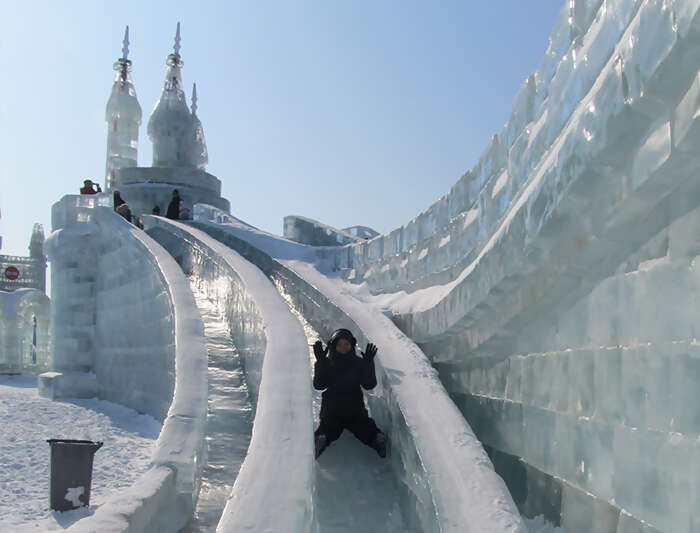

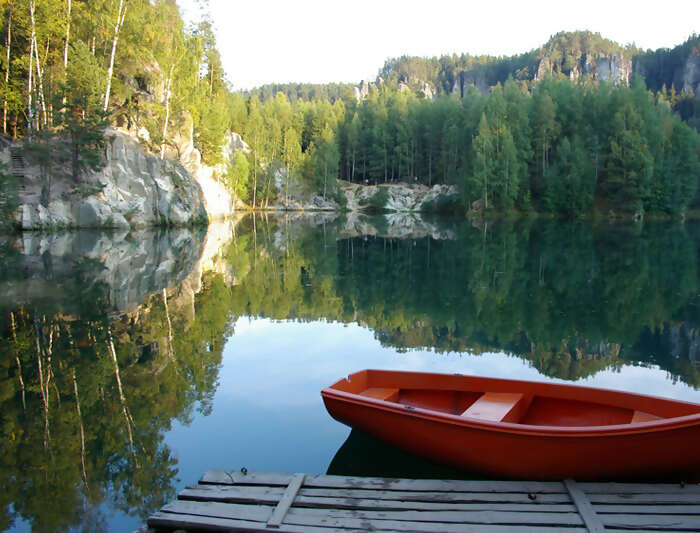


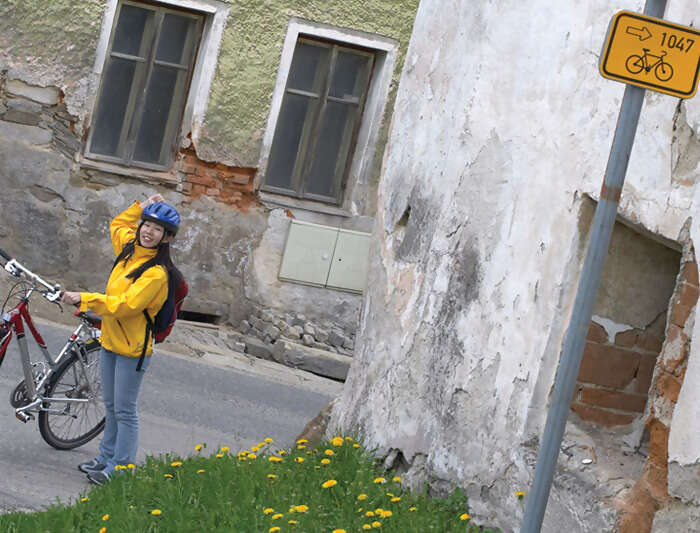

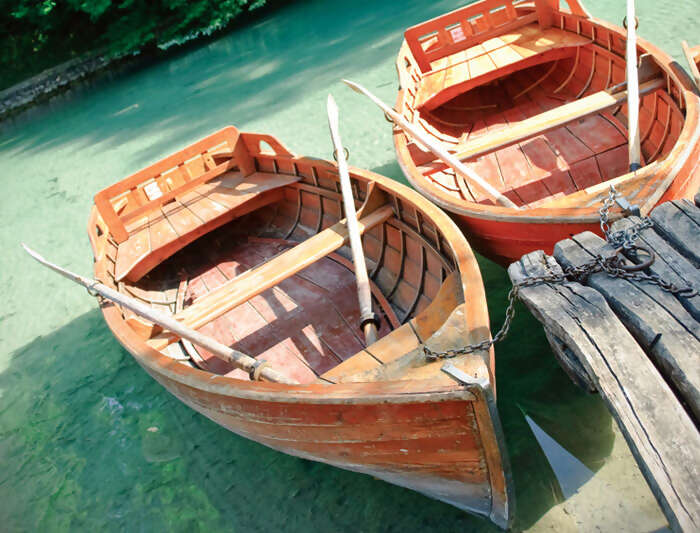


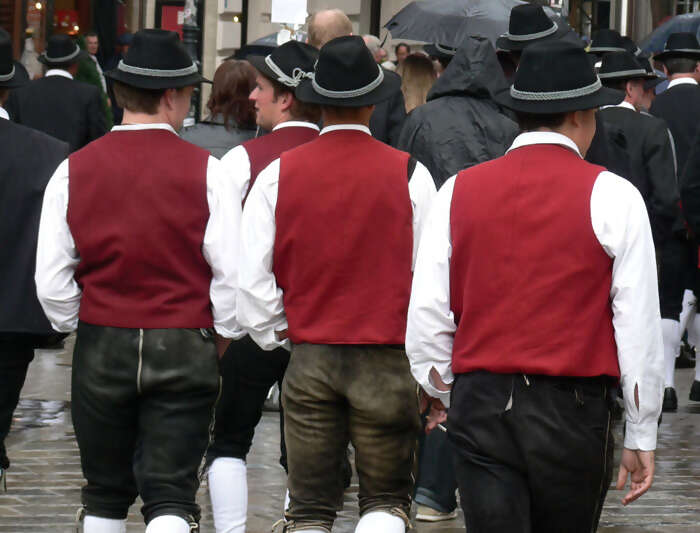


- You will visit the following places:
-

Vienna
-

Český Krumlov
Český Krumlov, translated sometimes to Czech Crumlaw, is a small city in the South Bohemian Region of the Czech Republic where Český Krumlov Castle is located. Old Český Krumlov is a UNESCO World Heritage Site[ and was given this status along with the historic Prague castle district. It is an outstanding example of a small central European medieval town whose architectural heritage has remained intact thanks to its peaceful evolution over more than five centuries. The town is also very popular among tourists, who outnumber the local population in the summer.
-

Prague
Prague, is situated on the Vltava River in central Bohemia. It is the capital and largest city of the Czech Republic. The city proper is home to about 1.3 million people, while its metropolitan area is estimated to have a population of over 2.3 million. It has been a political, cultural and economic center of Europe and particularly central Europe for the over 1,100 years of its existence. For centuries, during the Gothic and Renaissance eras, Prague was the permanent seat of two Holy Roman Emperors and thus was also the capital of the Holy Roman Empire. The city played roles in the Protestant Reformation, the Thirty Years' War, and in 20th-century history, both during the two World Wars and during the post-war Communist era.
-

Krakow
Krakow, a city in southern Poland, is known for its well-preserved medieval core and Jewish quarter. It is the second largest and one of the oldest cities in Poland. It has traditionally been one of the leading centres of Polish academic, cultural, and artistic life and is one of Poland's most important economic hubs. The city has grown from a Stone Age settlement to Poland's second most important city. It began as a hamlet on Wawel Hill and was already being reported as a busy trading centre of Slavonic Europe in 965. With the establishment of new universities and cultural venues at the emergence of the Second Polish Republic in 1918 and throughout the 20th century, Kraków reaffirmed its role as a major national academic and artistic centre.
-

Budapest
Budapest is the capital of Hungary. As the largest city of Hungary, it serves as the country's principal political, cultural, commercial, industrial, and transportation centre. In 2010, Budapest had 1,721,556 inhabitants, down from its 1980 peak of 2.06 million. The Budapest Commuter Area is home to 3,271,110 people. The city covers an area of 525 square kilometres (202.7 sq mi) within the city limits. Budapest became a single city occupying both banks of the river Danube with a unification on 17 November 1873 of right (west)-bank Buda and Óbuda with left (east)-bank Pest. Budapest is one of Europe's most delightful and enjoyable cities. Due to its scenic setting and its architecture it is nicknamed "Paris of the East".
-

Belgrade
Belgrade is the capital and largest city of Serbia. The city lies at the confluence of the Sava and Danube rivers, where the Pannonian Plain meets the Balkans. It has an urban population of 1.2 million, while the metropolitan area has more than 1.7 million people, making it one of the largest cities of Southeastern Europe. Its name translates to white city. Belgrade's wider city area was the birthplace of the largest prehistoric culture of Europe, the Vinča culture, as early as the 6th millennium BC. In antiquity, the area of Belgrade was inhabited by a Thraco-Dacian tribe Singi, while after 279 BC a Celtic tribe inhabited the city, naming it "Singidun".
-

Sarajevo
Sarajevo is the capital and largest city of Bosnia and Herzegovina, with a population of 275,524.The Sarajevo metropolitan area, including The Canton of Sarajevo and East Sarajevo is home to 688,437 inhabitants. Moreover, it is also the capital of the Federation of Bosnia and Herzegovina entity, and the center of the Sarajevo Canton. Nestled within the greater Sarajevo valley of Bosnia, it is surrounded by the Dinaric Alps and situated along the Miljacka River in the heart of Southeastern Europe and the Balkans. Sarajevo is the leading political, social and cultural center of Bosnia and Herzegovina, a prominent center of culture in the Balkans, with its region-wide influence in entertainment, media, fashion, and the arts.
-

Kotor
Kotor is a coastal town in Montenegro with a population of about 13,500. It is well-known for its World heritage medieval structures (including churches and fortifications) and its stunning natural setting at the very edge of the mountain-rimmed Kotor Bay. It is situated in a most secluded tip of Boka Kotorska bay, in the northern part of the Montenegro coast on the Adriatic Sea. Kotor has developed around Stari Grad (local language for "old town"), the city's old town and best known landmark, which is listed with UNESCO World heritage sites. Kotor Bay is the deepest natural fjord-like bay in the Mediterranean Sea, and the scenery around it (including the steep mountains which come almost straight down to the waters edge) is spectacular.
-

Dubrovnik
Dubrovnik is a gorgeous Croatian city on the Adriatic Sea coast positioned at the terminal end of the Isthmus of Dubrovnik. It is one of the most prominent tourist resorts of the Mediterranean and listed as a UNESCO World Heritage Site since 1979. The city is nicknamed "Pearl of the Adriatic". The success of Dubrovnik’s tourist industry has brought a certain degree of complacency and self-satisfaction. Certain aspects of the city’s appeal remain immune to tourist numbers, however, most notably the uniquely stunning setting and the unjaded straightforwardness of the Dubrovčani themselves.